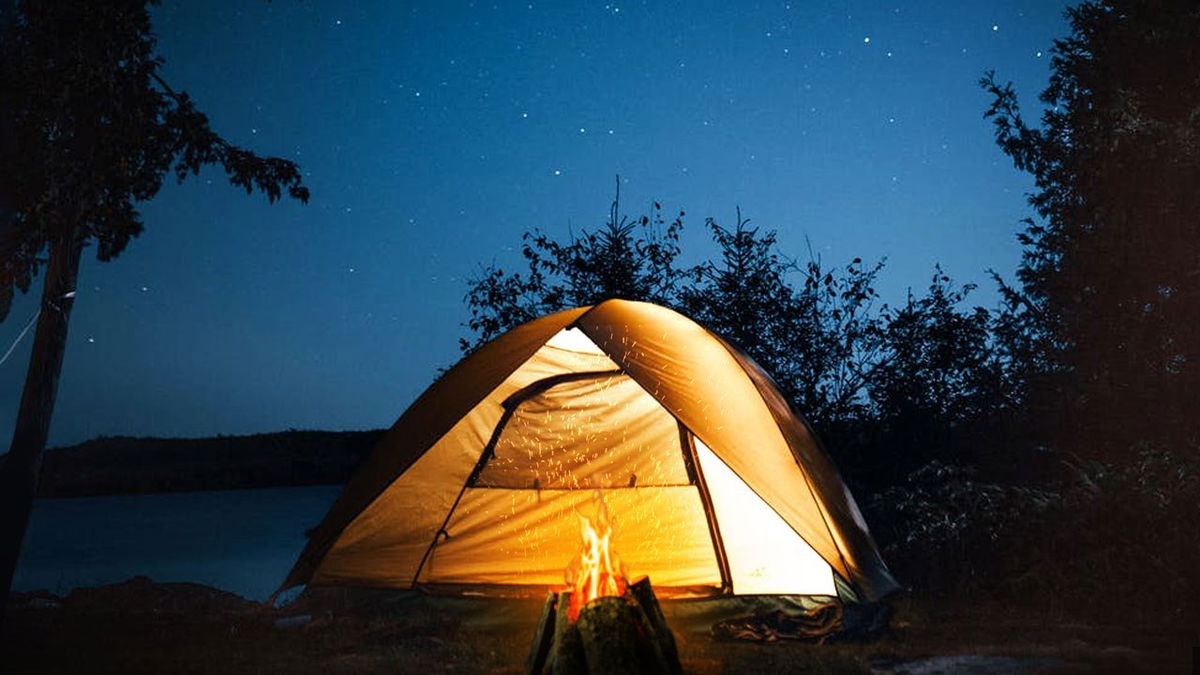The science behind why smoke seems to follow you around a campfire

Toronto, Canada (CTV Network) — With the long weekend upon us, many will likely spend the next few days out at the lake or in their backyards, gathered around a campfire.
This familiar sight also comes with a familiar question: Why does campfire smoke seem to follow you around wherever you go?
As it turns out, the answer boils down to physics.
“What ends up happening is the fire is heating the air and that creates buoyancy, which is the scientific term for hot air rises,” research scientist Kerry Anderson told CTVNews.ca in a telephone interview on Saturday.
Based in British Columbia, Anderson spent more than 30 years with the Canadian Forest Service and currently works for Environment Canada modeling smoke from forest fires for the prediction system FireWork.
He said because hot air is less dense, it lifts and creates a low-pressure zone that draws surrounding air into the fire in order to fill that area.
When someone stands next to a fire, they essentially create a barrier, or shadow, that blocks the surrounding air from being drawn in, creating another low-pressure zone, Anderson explained.
“And what ends up happening is the hot air that’s rising ends up being brought into this vacuum, so it gets pulled toward you,” he said. “And with the head at the top of your body, the smoke is drawn into your eyes.”
How tall a person is, their distance from the fire, whether they’re standing or crouched down, wearing a big jacket or blanket, or sitting in a chair will affect the size of this barrier and how strongly the smoke will be pulled into their face.
For those looking to enjoy a campfire this weekend, Anderson said one way to minimize this phenomenon is to have people position themselves evenly around a fire so the smoke isn’t drawn to any one individual.






